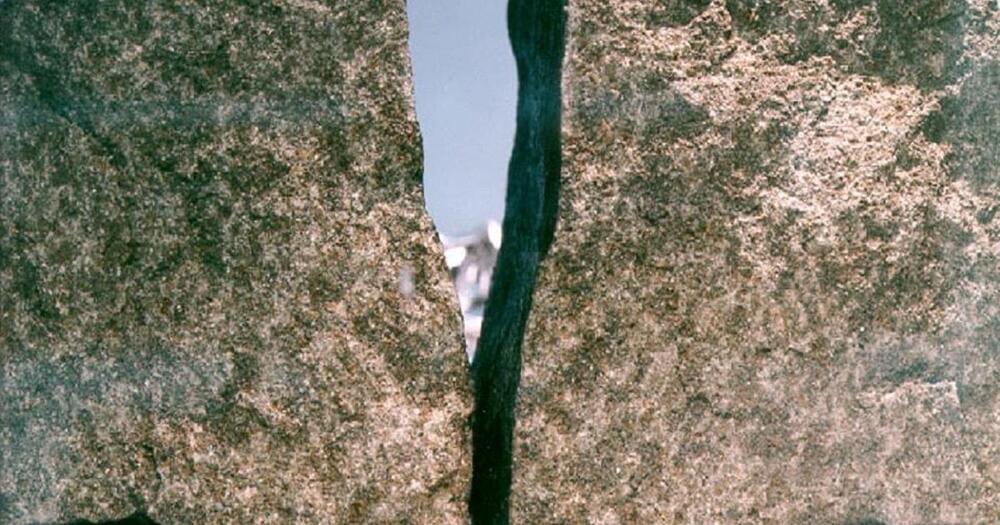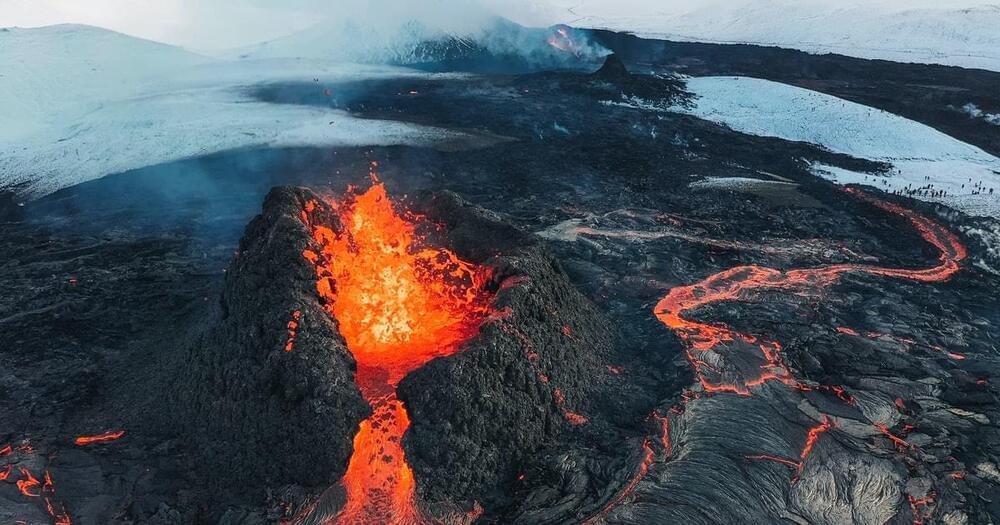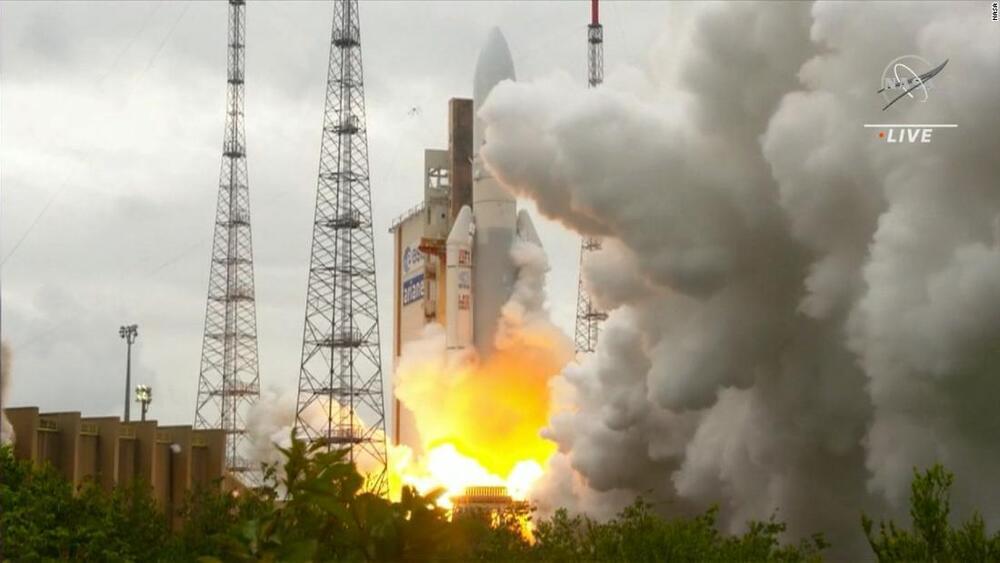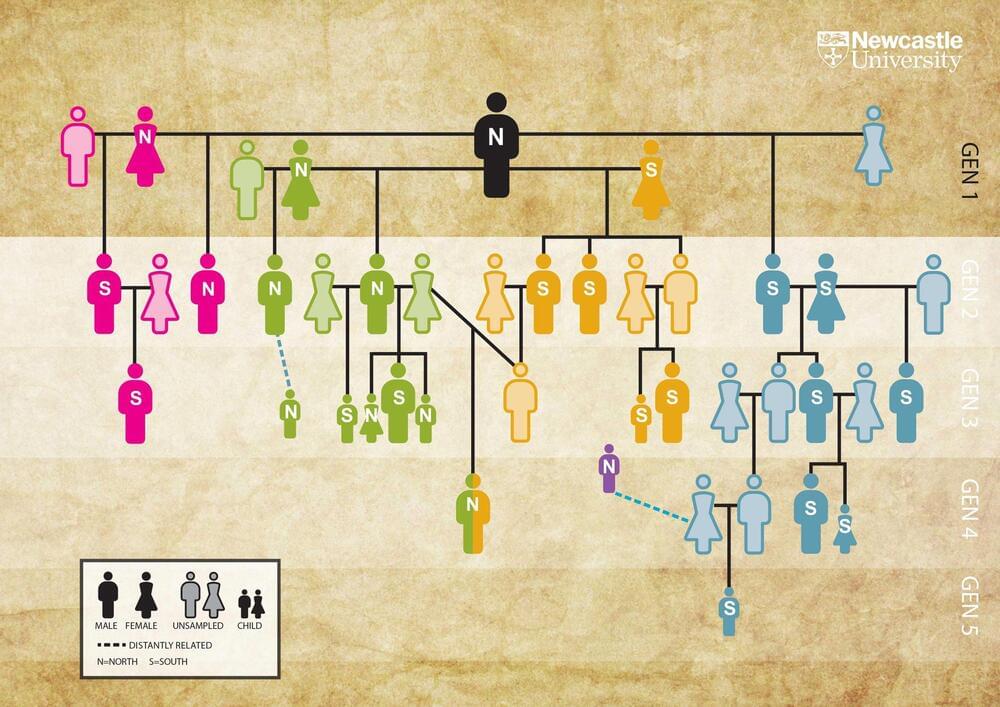Little planetary embryos formed these rocky worlds.
A new study suggests Earth and Mars formed from colliding material in the inner Solar System, which could shape planetary formation theories.


More about “autonomous” (robot) vehicles.
The vehicle’s abilities were demonstrated on snowy terrain, at low temperatures, and in difficult road and weather conditions. The multi-purpose robotic platform is ideal for military units as it is designed to perform logistics, evacuation, reconnaissance and other special tasks.
It is engineered with low-pressure tires and built on a stable and durable transmission base. This base has amphibious properties, a long-range, and a low noise level while driving making it inconspicuous during military missions.
The vehicle can maneuver through lakes, rivers, swamps, snowy areas, deserts, and trenches up to ~3.3 ft (1 m) making it ideal for combat zones. The goal of the vehicle is to allow the military to increase both mobility and security for future missions.

Comet Leonard streaks across the field of view of the SoloHI telescope aboard ESA/NASA’s Solar Orbiter spacecraft on Dec. 17–19, 2021. The comet’s apparent backward movement is due to the spacecraft’s relative motion.
Credits: ESA/NASA/NRL/SoloHI/Guillermo Stenborg

WHEN OLIVER TSCHAUNER AND COLLEAGUES dusted off a sample of volcano-ejected diamond found in a South African mine, they had no idea that they were holding the first-ever natural sample of a new high-pressure mineral from deep within Earth.
While minuscule, researchers predict that this mineral is responsible for the movement of crucial components like rare earth metals and radioactive isotopes through the Earth’s mantle. To figure this out, the team turned to X-ray beams and lasers.
Using x-rays and lasers, scientists have analyzed the second-ever high-pressure mineral extracted from the earth’s lower mantle.

“If you’re working on something that involves people or engineering, it’s probably a good focus for your future,” Musk.
Elon Musk has made many predictions about the future of society and the role that his companies Tesla and SpaceX will play. The millionaire has very strong opinions and is not afraid to express them in interviews, conferences, and even on social networks. This time, he spoke about the impact that Artificial Intelligence will have on the jobs of the future and mentioned the careers that will be safe. to the tech mogul, the essentials will be engineering and human-interactive careers.


Analysis of ancient DNA from one of the best-preserved Neolithic tombs in Britain by a team involving archaeologists from Newcastle University, UK, and geneticists at the University of the Basque Country, University of Vienna and Harvard University, has revealed that most of the people buried there were from five continuous generations of a single extended family. Credit: Newcastle University/Fowler, Olalde et al.
Although the right to use the tomb ran through patrilineal ties, the choice of whether individuals were buried in the north or south chambered area initially depended on the first-generation woman from whom they were descended, suggesting that these first-generation women were socially significant in the memories of this community.
There are also indications that ‘stepsons’ were adopted into the lineage, the researchers say — males whose mother was buried in the tomb but not their biological father, and whose mother had also had children with a male from the patriline. Additionally, the team found no evidence that another eight individuals were biological relatives of those in the family tree, which might further suggest that biological relatedness was not the only criterion for inclusion. However, three of these were women and it is possible that they could have had a partner in the tomb but either did not have any children or had daughters who reached adulthood and left the community so are absent from the tomb.
